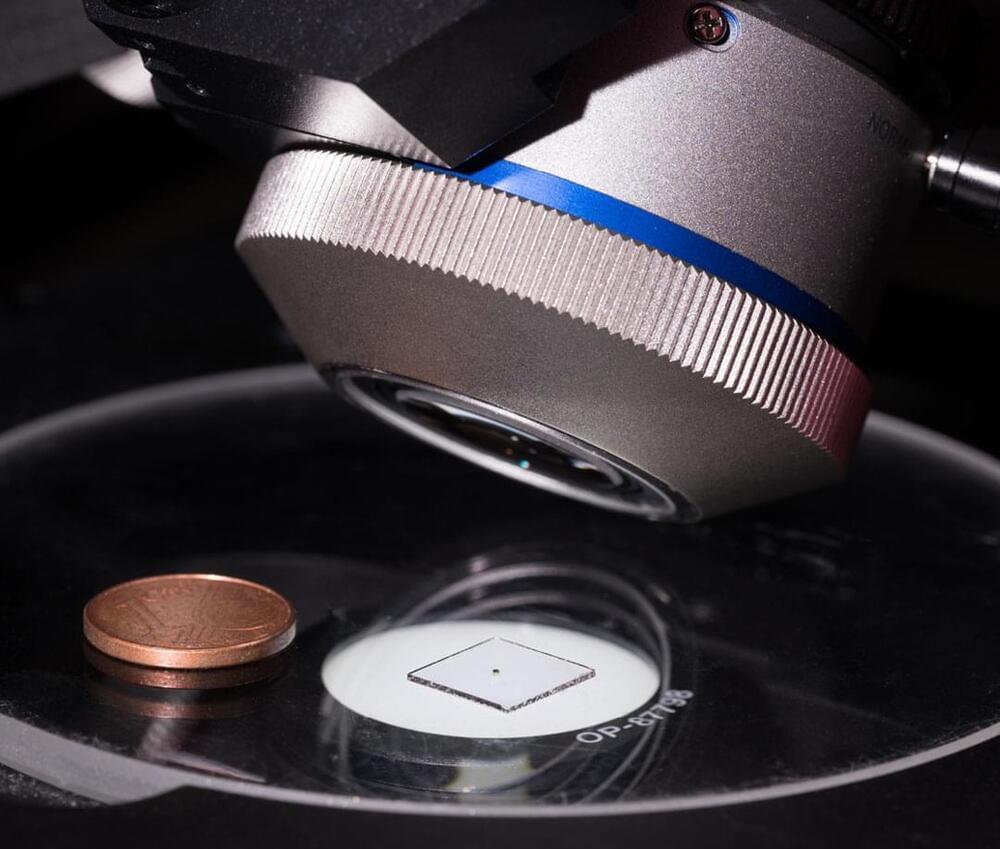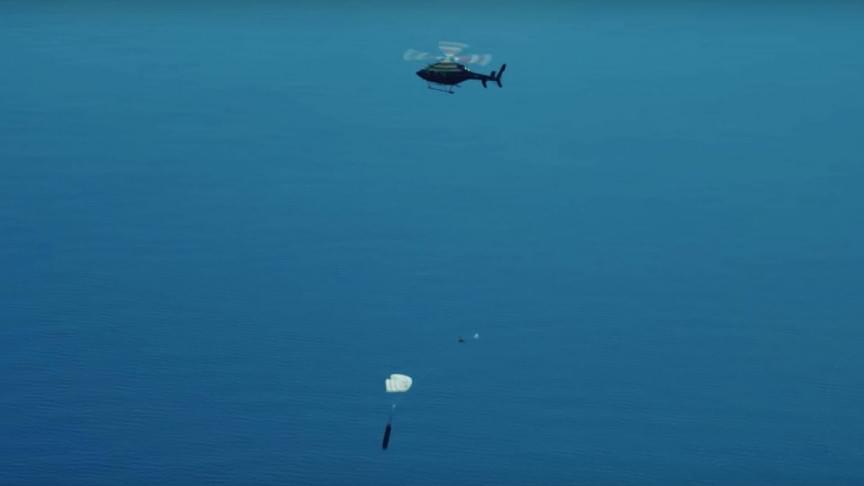
Get the latest international news and world events from around the world.



Why a bipartisan embrace of crypto might never touch Bitcoin
Crypto’s biggest skeptics see plenty of reasons to criticize the industry, but generally at the heart of most complaints is a belief that crypto is contributing very little to society while burning massive amounts of energy.
While crypto’s believers could squabble over the former point until they’re blue in the face, the latter is a little harder to deny. Bitcoin uses an estimated 204.50 terawatt-hours (TWh) of electricity per year at current rates according to the oft-cited tracker built by Digiconomist, this number is equal to the power consumption of Thailand. Meanwhile Ethereum’s energy footprint is half the size but still comparable to the power consumption of Kazakhstan. In 2018 the United States reported its total consumption of electricity as 4,222.5 TWh.
For some legislators, those numbers are hard to swallow. This week, the New York State Assembly passed a bill that had team crypto up in arms. The bill blocks the formation of crypto mining firms in the state that rely on non-renewable power. It notably doesn’t apply to existing facilities. A corresponding bill is currently making its way through the Democrat-controlled state senate. everyone, and welcome back to Chain Reaction.

The basics of decentralized finance
Decentralized finance is built on blockchain technology, an immutable system that organizes data into blocks that are chained together and stored in hundreds of thousands of nodes or computers belonging to other members of the network.
These nodes communicate with one another (peer-to-peer), exchanging information to ensure that they’re all up-to-date and validating transactions, usually through proof-of-work or proof-of-stake. The first term is used when a member of the network is required to solve an arbitrary mathematical puzzle to add a block to the blockchain, while proof-of-stake is when users set aside some cryptocurrency as collateral, giving them a chance to be selected at random as a validator.
To encourage people to help keep the system running, those who are selected to be validators are given cryptocurrency as a reward for verifying transactions. This process is popularly known as mining and has not only helped remove central entities like banks from the equation, but it also has allowed DeFi to open more opportunities. In traditional finance, are only offered to large organizations, for members of the network to make a profit. And by using network validators, DeFi has also been able to cut down the costs that intermediaries charge so that management fees don’t eat away a significant part of investors’ returns.


Web3 and blockchain technology: How digital asset ownership is flipping the current business model on its head
Lately, there’s been no shortage of talk about the transition to Web3, a new digital frontier powered by blockchain and accessible via decentralized applications (dapps). But while many of the products created thus far are groundbreaking — offering verifiable digital ownership and access to new financial instruments — they still haven’t managed to galvanize mainstream adoption yet.
To reach critical mass, the blockchain industry needs to ensure that platforms and services are easy to use as their current-gen counterparts. ## **We aren’t there yet**
The current landscape of the internet is still very much grounded in Web2 architecture. While users can access a range of services, each requires its own unique username and password and third-party platforms are typically still needed to process payments. While this model has ostensibly worked well enough for the past two decades, it’s been mired by the centralized control of big tech companies, which thrive on selling user data.
Dr Katcher’s E5 Experiment May 2022 Update | Review
Not an amazing update. All female rats are not getting the results the previous group of males got. To my knowledge human trials are still actively being set up for late this year.
In this video we report on the May 2022 update from Dr. Katcher’s experiment with E5, where he is testing to see how long the rats will stay alive if they are given an E5 injection every 90 days.
********************************************
Links for this video.
Sign up for the newsletter from NTZ Publishing here:
https://www.ntzplural.com/newsletter.
Reversing age: dual species measurement of epigenetic age with a single clock.
https://www.biorxiv.org/content/10.1101/2020.05.07.082917v1.full.
The entry on Dr Josh Mitteldorf’s Aging Matters blog.
Our discussion of original paper.
https://youtu.be/DokfEzQt_wk.
Playlist for Dr. Katcher August 2021 Interview Series.
Playlist 1 for Dr. Katcher.
https://www.youtube.com/playlist?list=PLkfzM7KJv6vaIQZ_n3WS6FHTpBtfS2lzw.
********************************************

Researchers add atomic-layer antireflection coatings to complex 3D printed micro-optical systems
Researchers have developed a new way to apply antireflective (AR) coatings to 3D printed multi-lens systems as small as 600 microns in diameter. Because these coatings help minimize light losses due to reflection, they are critical for making high-quality 3D printed systems consisting of multiple microlenses.
“Our new method will benefit any 3D printed complex optical system that uses multiple lenses,” said research team leader Harald Giessen from the University of Stuttgart in Germany. “However, it is especially useful for applications such as miniature fiber endoscopes, which require high-quality optics and are used for imaging under less-than-ideal lighting conditions.”
The researchers used a microscope to acquire tilted-view images of a 600-micron-diameter doublet lens system 3D printed on a 1×1 cm 2 glass slide. The doublet lens system is visible as the small dot in the center of the glass slide. The coin is included for scale. (Image: Moritz Flöss, University of Stuttgart)

Rising cases of mysterious hepatitis outbreak in children
The number of unexplained severe hepatitis cases in children continues to increase. Health agencies said there are currently 170 cases worldwide. One theory suggests the spread could be linked to adenovirus. Health officials are looking into whether Covid lockdowns could have played a role, with kids less exposed to common infections.
